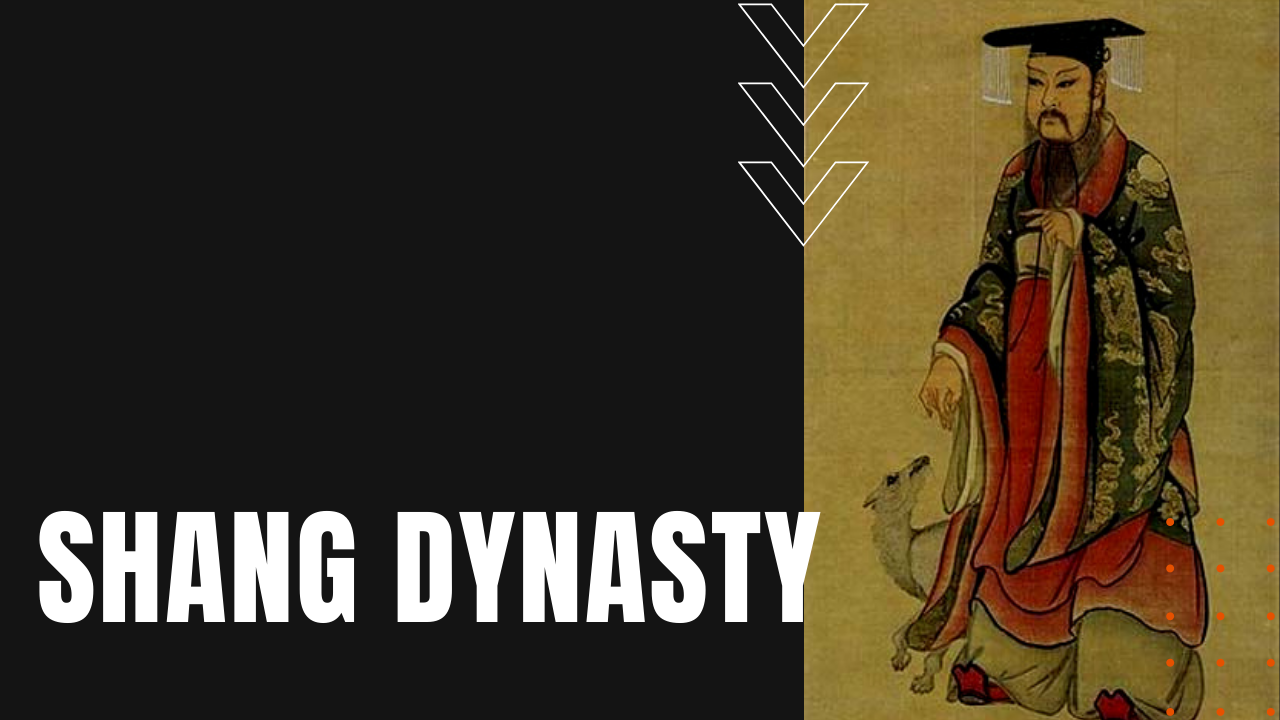Shang Dynasty: Calendars, Culture and Conflict

The earliest written records in Chinese history date back to the Shang Dynasty, which, according to legend, began when a tribal chief named Tang defeated the Xia Dynasty, which in 1600 B.C. was under the control of a cruel tyrant named Jie.
Jie’s downfall came at the Battle of Mingtiao, which was fought during a thunderstorm, and while Jie survived the battle, he later died from illness.
Culture and Calendars
Thanks to inscriptions unearthed on tortoise shells, people of the ensuing Shang Dynasty used calendars and developed knowledge of astronomy and math. The Shang calendar was at first lunar-based, but a solar-based version was developed by a man named Wan-Nien, who was the first to create a 365-day year through his observations of the summer and winter solstices.
Shang Dynasty artisans created sophisticated bronze works, as well as ceramics and jade trinkets. Chinese characters first appeared during the Shang Dynasty, inscribed on cattle bones, and archaeologists have uncovered evidence of two numerological systems, one based on numbers from one to 10, and another based on numbers from one to 12.
Large Settlements and Palaces
During the Shang Dynasty, there were several large settlements, including Zhengzhou and Anyang, although they were not believed to be as densely urbanized as Mesopotamian settlements during the same period. Anyang became the capital of China sometime around 1300 B.C., under King Pan Geng, who was commonly known as Yin. Zhengzhou was renowned for its massive defensive walls, which ran for four miles and were 32 feet high and 65 feet thick.
Anyang is believed to be the seat of ruling kings for more than two centuries, replete with altars, temples and palaces located at the city center. Beyond the palaces were artisans of stone carvers, bronze workers and potters, creating a landscape dotted with small homes and burial shrines.
Within Shang culture, the king also functioned as a high priest, who led his subjects in worship of the Shangdi, who was a god that allowed the deceased to communicate with the living.
End of the Shang Dynasty
Entrusted with an outpost to protect the western frontier of the kingdom, the Zhou army, lead by King Wu, instead marched on the capital city in an attempted coup d’etat.
King Di Xin armed nearly 200,000 slaves to supplement the defending army, but they defected to the advancing Zhou forces in what became known as the Battle of Muye. Di Xin committed suicide by setting fire to his palace, ushering in the Zhou Dynasty, which would rule China for the next 800 years.
